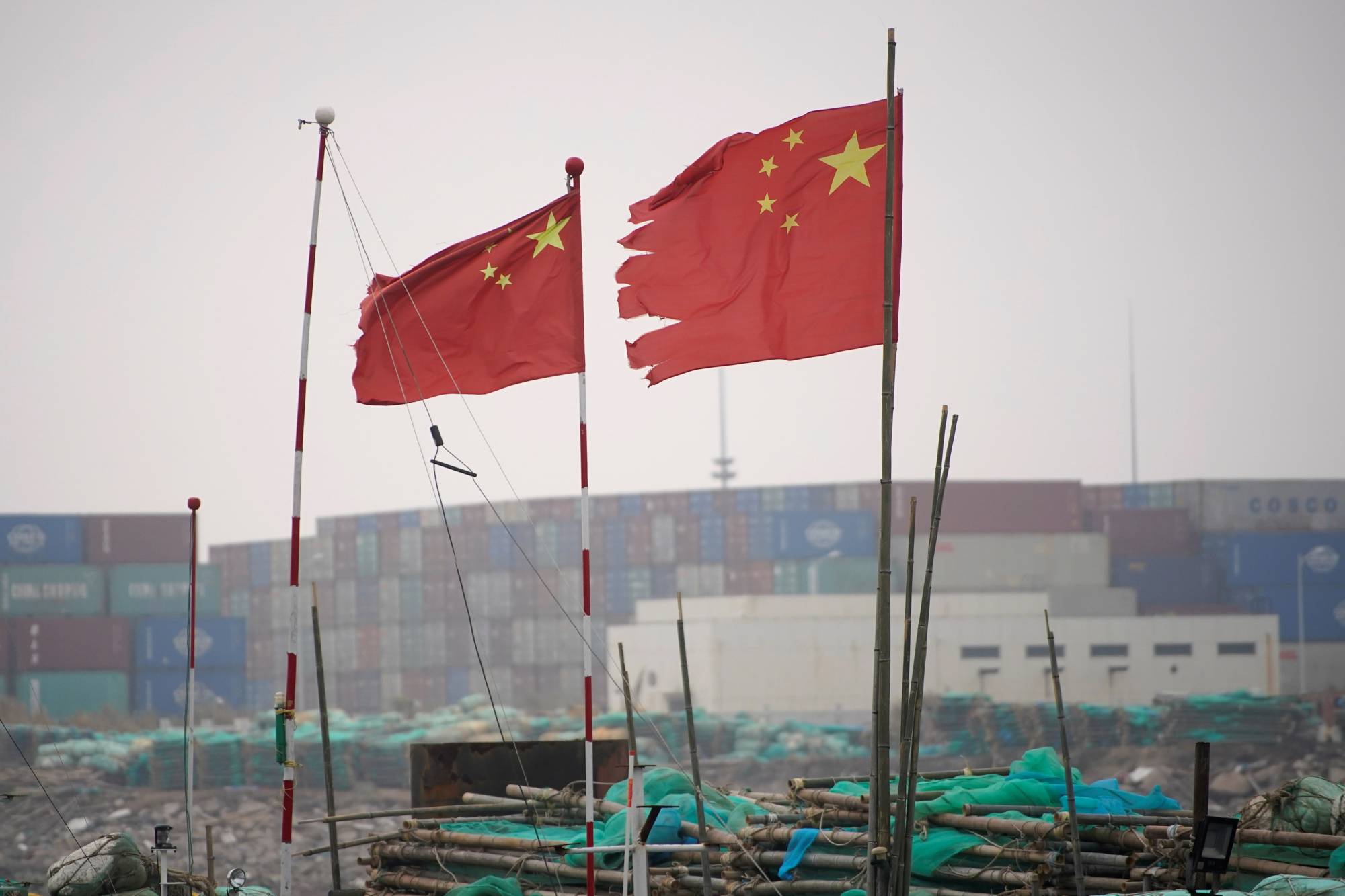When Deng Xiaoping launched China’s strategy of “reform and opening up” in 1978, economists in the West had their doubts. In their view, a vibrant market economy was fundamentally incompatible with China’s authoritarian political system.
But many in the East — including Koreans like me, who witnessed the East Asian miracle while living under developmental dictatorship — were hopeful. Now that China is the world’s second-largest economy, it seems clear that our optimism was warranted.
But, as China’s economic slowdown suggests, the next phase of its development is rife with challenges. The country risks being ensnared by two traps: the middle-income trap (the tendency of fast-growing developing economies to lose momentum once they reach middle-income status) and the Thucydides Trap (when tensions between an insecure incumbent hegemon and a rising power lead to conflict). As I argue in my new book on China, global value chains (GVCs) are a key variable linking these two traps.



